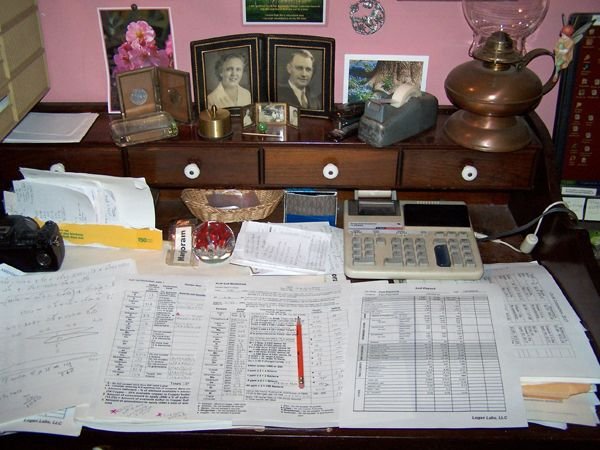
This is Part 2 of a 3 part series on reading a soil test and making a custom amendment mix for your garden.
In the first part I introduced Steve Solomon’s book The Intelligent Gardener and walked you through Page 1 of the Soil Test Worksheet. In this post we will complete Page 2.
This is my soil test, done in November 2017 for the 2018 season.
And here is the Chart Page you will need to run the formulas:
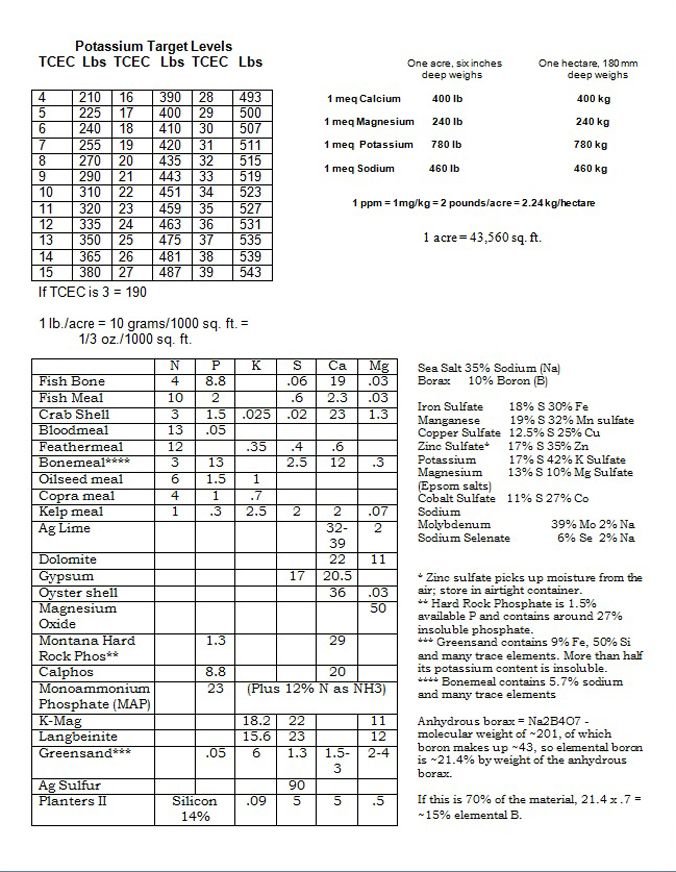
And Page 2 of the Worksheet:
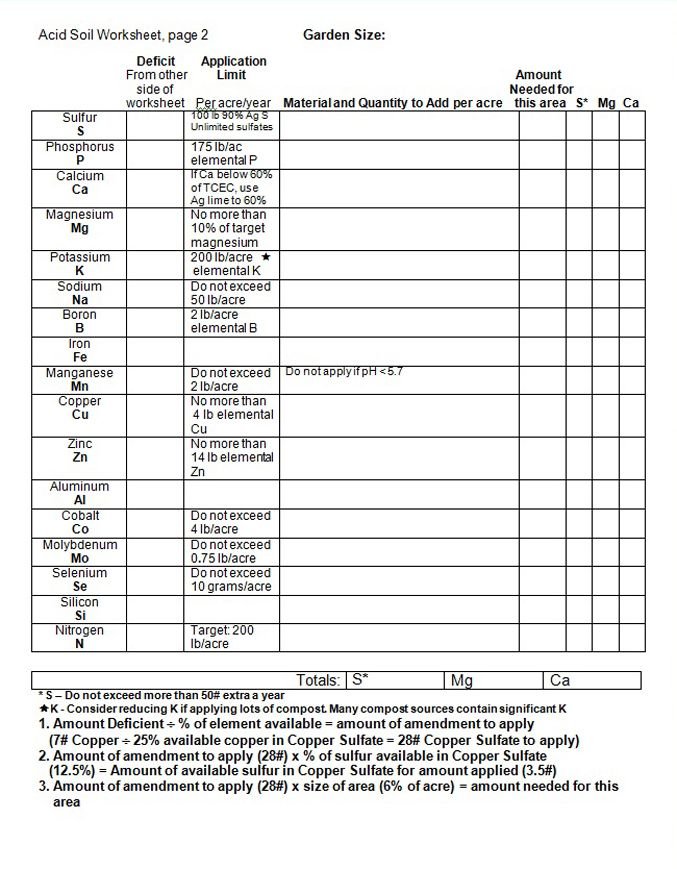
Before we get started, you need the square footage of the area you had tested. Make sure you measure accurately. To get square footage, take the long side and multiply by the short side (if you have these). Example: my Big Garden measures 42.5’ X 60’ = 2550 sq. ft.
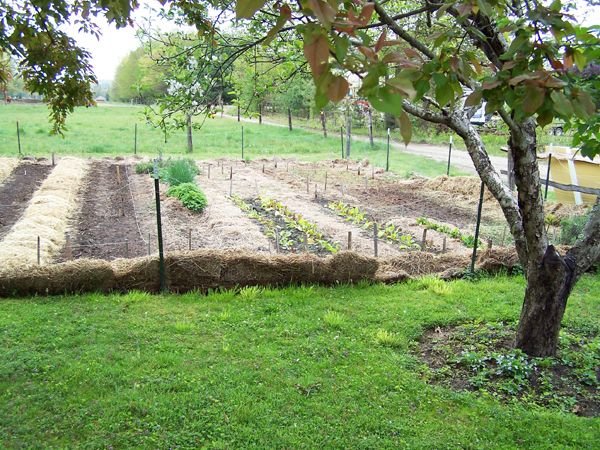
Next you need to know how much of an acre your square footage is. An acre is 43,560 square feet. So to find out the percentage of an acre my Big Garden is I divide 2550 by 43,560 = .06 acre or 6% of an acre. If your garden is real small, use 4 decimal places.
Write these 2 figures, 2550 sq. ft and 6% acre on the top of the sheet.
Next VERY CAREFULLY transcribe the deficient amounts from the far right column on page 1. These are entered in the column “Deficit From other side of worksheet”. Double check they are correct.
We will start at the top with Sulfur. Page 1 indicated at 32 lb/acre deficient. There are several ways of getting sulfur into the mix. Looking at the Charts Page, Agricultural Sulfur is 90% sulfur. Gypsum has 17% but also 20.5% of Calcium. I have an excess of calcium, so Gypsum is not a good choice.
K-Mag has 22% but it also has 18% K (potassium) and 11% Magnesium. I am deficient in potassium so this might be an option. Langbeinite has 23% but also 15.6% potassium and 12% Magnesium. I am in excess for Magnesium so these might not be good choices.
So let’s go with the ag sulfur. In the Material and Quantity to Add per acre column, at the very top make a note: Ag sulfur 90%. Under it enter the deficient and multiply it by your % acre. In the Big Garden this would be 32 x 6% = 1.92. This means the Big Garden needs 1.92 lbs of pure Sulfur in its mix.
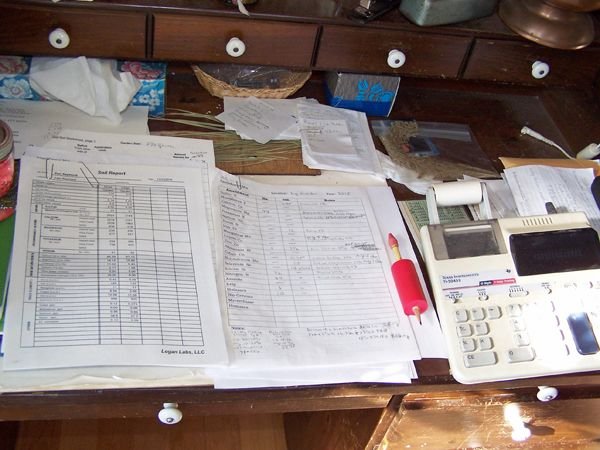
But Ag Sulfur is not pure, it is 90%. So to find out how much Ag Sulfur I need I take 1.92 and DIVIDE by 90% so 2.13 lbs for my mix. This is where things can go wrong if these numbers are not entered correctly. On my calculator I enter exactly as I would speak it: 1.92 divided by 90% and I do NOT hit equals. If I did it would read .02. BIG difference.
Experiment with your calculator until you know how to get the figure above.
Target for Phosphorus is 342, the actual for the Big Garden is 1380.72. Definitely don’t need Phosphorus.
But suppose your garden does? What would you use? On the Charts Page, there are several choices. If your garden does need Calcium, bonemeal might be a good choice. So let’s run that. For a deficient, let’s say 50 lbs.
Bonemeal is 13% Phosphorus. You would multiply your deficient, 50, x your % acre (we’ll use the Big Garden’s) 6% = 3.0 lbs. This is how much pure Phosphorus your garden needs. But bonemeal is only 13% so 3 DIVIDED by 13% is 23.08 lbs.
Looking at the chart on the Charts Page bonemeal also has other nutrients: Sulfur 2.5%, Calcium 12% Magnesium .3%. You need to take these into account also.
For Sulfur MULTIPLY your amount 23.08 lbs. by the % available (2.5%): 23.08 X 2.5% = .58 lb. Enter this amount in the column on the right labeled S*.
We repeat this for the calcium 12%. 23.08 X 12% = 2.77 lbs. This is entered in the column labeled Ca. The magnesium is so minimal we will ignore it.
Next up is Calcium. It has a note: If Ca below 60% of TCEC, use Ag lime to 60%. What does this mean?
When you ran the formula on Page 1, if your deficient was less than 60% of target, it’s suggested you use agricultural lime to bring it up to 60%.
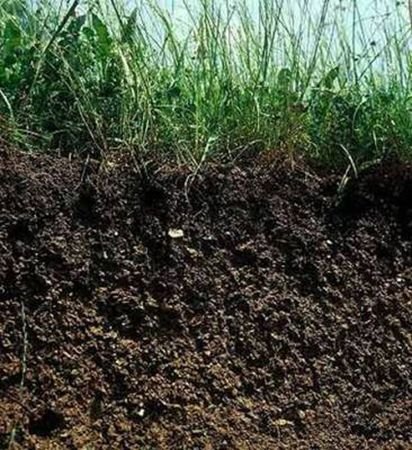
There are lots of options for calcium: Ag lime, dolomitic lime, oystershell flour, gypsum. You need to know if you need sulfur also, then gypsum might work. If you need magnesium, then dolomitic lime might work. Run the numbers as we did for the previous nutrients. I’ve found writing it down on a separate paper to use for comparison helps, and when I’ve decided which to use, then enter the work for that item on the worksheet. Keep this separate paper, dated, for reference in future years.
Keep a sharp eye on the limits outlined in the Application Limit column. Use the chart on the Charts Page for the needed amendments. If you are doing certified organic, you will want to verify each item is acceptable with your certifier. Don’t forget to calculate the additional nutrients each amendment might have.
Once you’ve worked your way down to the last item, total the S*, Ca, and Mg columns. Each of these amounts is subtracted from the amendment amount.
Example: Sulfur came in at 2.13 lbs. The bonemeal added .58#, so .58 needs to be subtracted from the 2.13 leaving 1.55 lbs for the mix.
Go back through and double check all work. One misplaced decimal can toxify a garden for years. Been there, done that.
Now you’ve figured out exactly what your garden needs, the next job is to find the amendments and weigh them out and mix them. I will cover that in the next post.
References:
http://soilanalyst.org/wp-content/uploads/2012/12/WorksheetRevision-03.pdf
Credits:
Grass and soil@Edafologia2.0 on Wikimedia Commons
